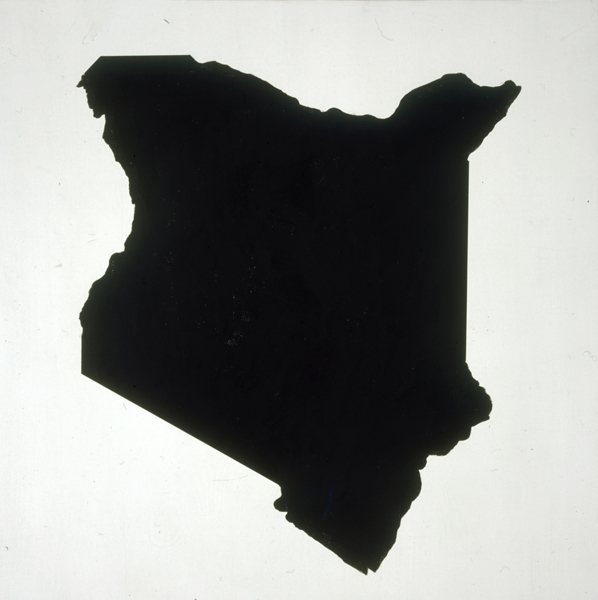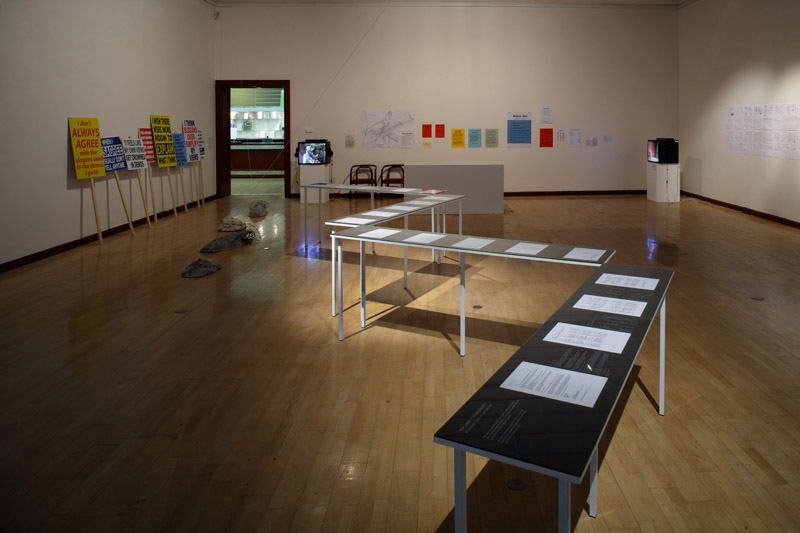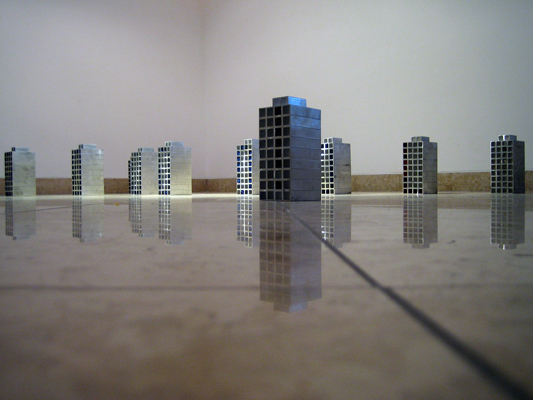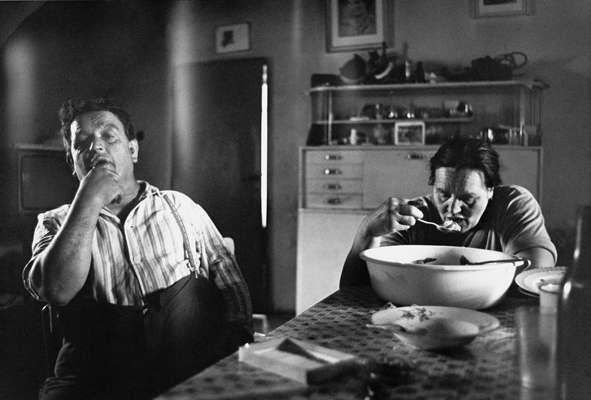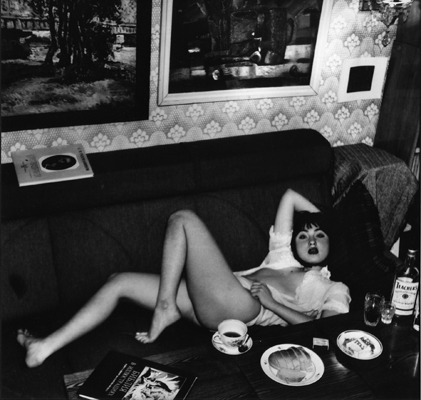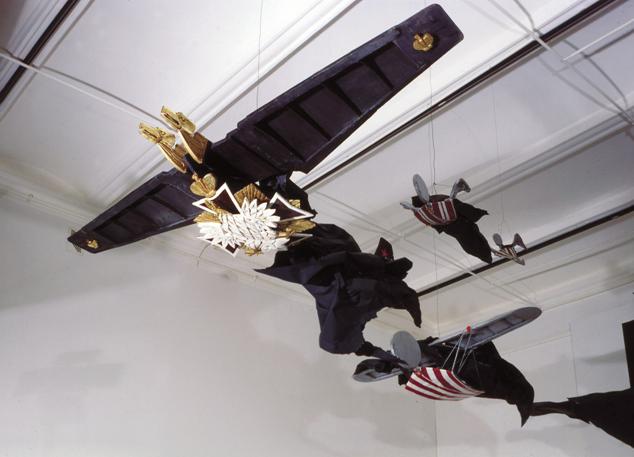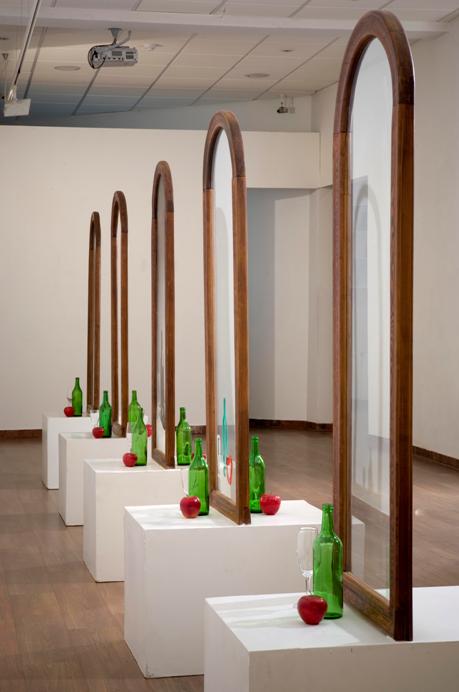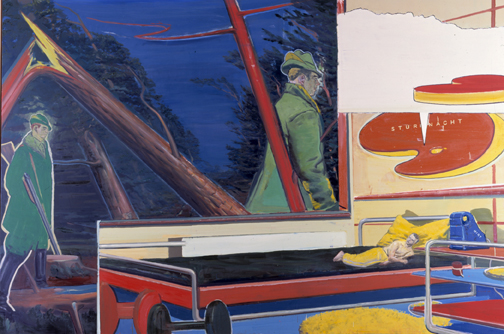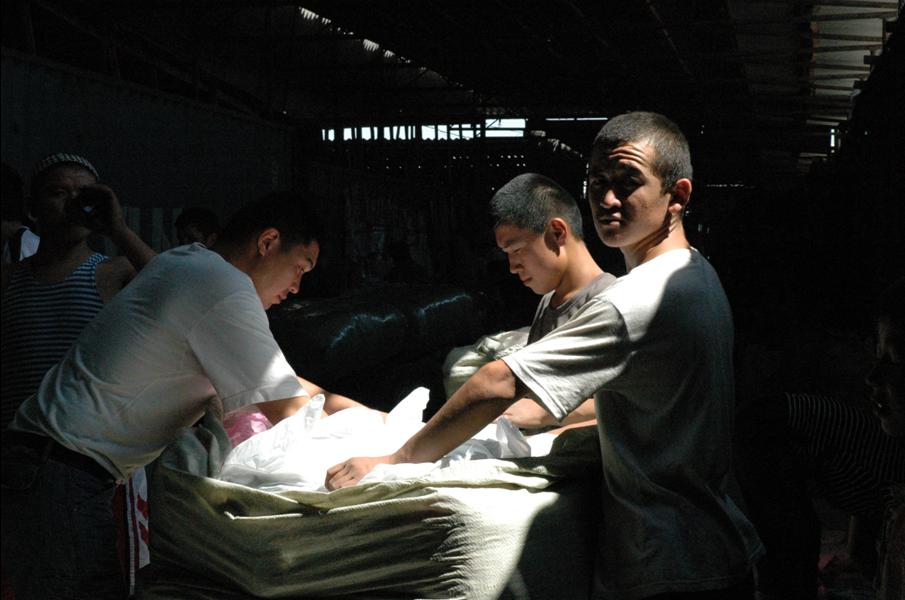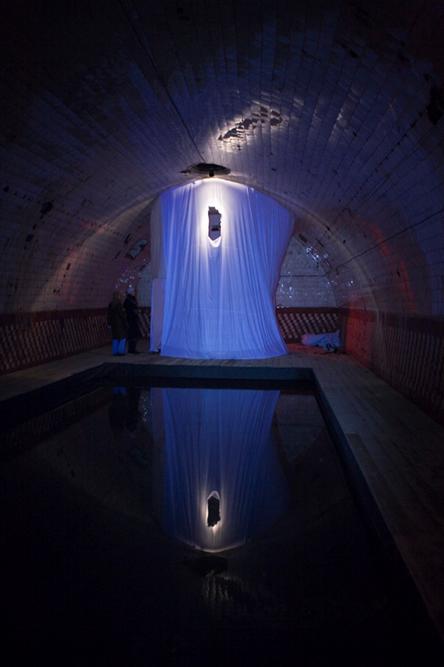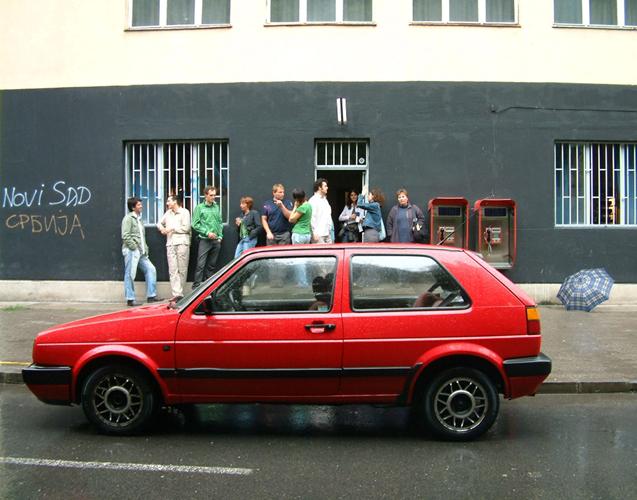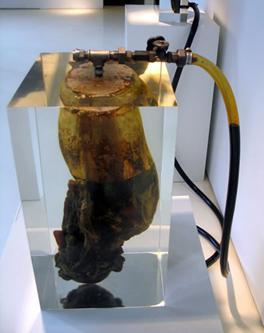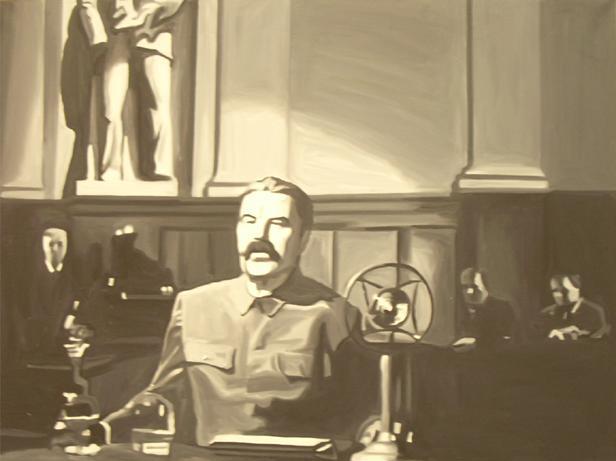“Performing the East” in Salzburg (Exhib. Review)
Performing The East – A Western Anniversary, Salzburger Kunstverein Salzburg. April 22, 2009 – June 23, 2009
An anniversary year for Eastern Europe, 2009 signals the lapse of a significant amount of time since the fall of the Iron Curtain and the reunification of the European space, formerly divided into two opposing “blocs.” Concerning the visual arts, the unification of these two cultural spaces entailed the rediscovery of Central and Eastern European art, with which the West had been unfamiliar. Until then, it was believed that this territory had remained outside time, isolated from international artistic events, but reality revealed … Read more



